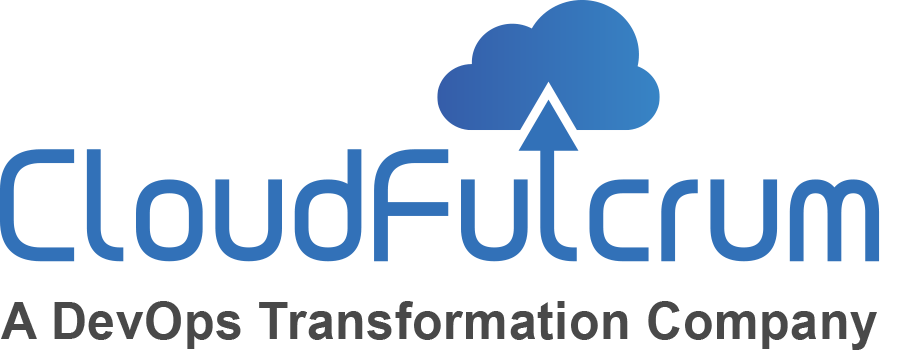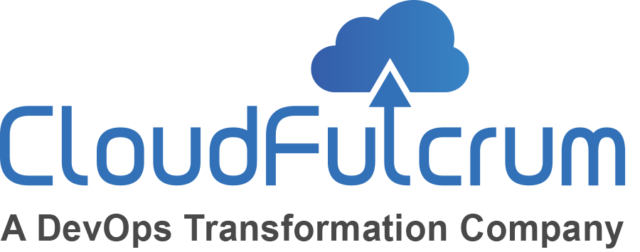Over the years, Salesforce has evolved from merely a place for storing data and tracking opportunities to becoming a driving force for enterprises to propel their business. There are now millions of integrations, workflows, and custom input fields within Salesforce to improve processes and functionalities.
With so much business riding on Salesforce, it’s imperative to test all the customizations, lest it slows down delivery cycles and results in losses and errors. This is where test automation becomes a critical force.
What is Salesforce Test Automation?
For a long time, testing was manual for all the mundane, albeit useful things, like searching and identifying potential bugs and black box testing. The automation aspect of testing was reserved for unit and integration tests. Increased adoption of technologies like artificial intelligence has completely changed the testing game.
So, Salesforce test automation is essentially the process of automating the testing of your Salesforce CRM to eliminate repetitive, error-prone manual testing activities. Automated testing generally involves writing scripts that run against the code and help Salesforce admins figure out if different parts of their applications are working as expected.
Salesforce test automation is an effective way to test software while it is still being developed. It can enable the writing and maintaining of test scripts with the help of software, which could be anything – a visual programming language, an automated testing framework, or a combination of both.
Why is Salesforce Test Automation Important?
For a lot of reasons, actually. Businesses must leverage test automation, not just because it can help them detect errors in their Salesforce application, but also because it can help them automate repetitive tasks without spending time and extra man hours.
And when you use Salesforce test automation, you can limit manual testing to situations where it’s absolutely necessary, resulting in fewer human errors and even lesser budgetary spending. Besides, it will also ensure your existing functionality is operating as expected. This would help you test your apps or programs during development as well as after they have been deployed.
Challenges of Salesforce Test Automation
Of all the benefits of automation, there are quite a few challenges dev teams face while doing so. Primary among them would be the sheer volume of complexity with thousands of custom integrations businesses do with Salesforce.
Some of the most significant considerations include:
- Platform updates – These are regular in Salesforce – up to several times a year. While this might be great for building even awesome apps and programs, they make the job of automated testing that much harder as updates affect results. Teams must always be on the lookout to identify errors and fix them.
- Custom integrations – As mentioned above, the primary challenge is managing the complexity of custom integrations and the apps that come out of them. It’s time-consuming for the teams to understand complex configurations, and sometimes some portions are left untested.
- Dynamic elements – Salesforce uses a lot of dynamic elements that change whenever a test script runs. This makes it harder for the dev teams to precisely locate the exact spot and test.
- Frames – Salesforce has many dynamic frames, which are essentially new tabs. Elements inside them are usually difficult to locate and recognize making automated testing challenging.
Best Practices to Make Your Test Automation Better
Challenges aside, there are certain best practices you can adopt to make your test automation better.
- Have a clear test strategy in place, otherwise, you won’t get the required results. A thorough testing strategy involves proper documentation, clear testing procedures, and roles to help you get ahead of problems.
- Creating real-world scenarios in your tests will help increase the accuracy of your testing results. Try to make it as hard as you can imagine.
- Prepare a regression test suite strategy to test all the old and new features while the developers code for improvements. Whether it’s partial (iteration) or full (major) – in an agile environment, it results in better error resolution as the product is tested in sprints to ensure defect-free software.
- Set up test data in the system to ensure tests run credibly and with accurate reporting, or else you’ll run the risk of using an existing user and password and then writing verification points using data already in the system.
- Build maintainable tests by identifying each function to be tested, break down each test for that function into a sequence of simple steps with a clear definition of the expected results, set it up, and tear down to ensure clean and error-free tests.
- Create common libraries so you don’t need to write the test case logic every time; your developers should be able to reuse component libraries.
- Follow a nomenclature for your test cases, so it’s easier for you to search when there is an increase in test cases.
- Invest in the right team of professionals with skills and expertise in Salesforce automation testing.
- Choose an automation testing tool that is right for your business by performing a thorough comparison.
Speaking of tools, which is the best one for testing?
Best Automation Tools for Salesforce Testing
Salesforce has several unique characteristics that can demand your attention. An automated tool to test would iron out all the problems. But the tool must be flexible and offer powerful capabilities to do the job well for your business requirements. Here is a list you can consider.
- Selenium – This is one of the most popular tools for running automated tests across platforms and web browsers. It also supports several programming languages. However, you do need advanced coding skills to write tests.
- Copado CRT – This tool offers a fully scalable platform for tests with an AI-driven, low-code solution. Copado can run end-to-end tests while providing you with actionable data to help you get the best out of Salesforce.
- Provar – This tool offers a lot of practical approaches. Anyone with little coding experience can automate tests with this tool. Plus, with drag-and-drop API testing, Provar isn’t that time-consuming compared to other tools. It also supports real-time updates for any Salesforce Object.
- ACCELQ – This tool is powered by AI and is a codeless test automation platform. It doesn’t need any coding experience and can run tests continuously. A notable aspect of this tool is it can automate everything within your Salesforce ecosystem, including cloud solutions, web services, and back-end testing.
Ready for Salesforce Automation Testing?
Salesforce CRM is a force to reckon with and has become a must for businesses of all sizes to compete comfortably. However, to get the most out of the tool, a robust test automation tool is critical. Implementing the right kind of tests with the right tool and expertise can help you handle issues as soon as they arise, and keep you ahead of any software updates. It will also free up your team to focus on what they do best – innovation.
However, expert guidance and recommendations from a trusted service provider can ensure you get on to the right path. CloudFulcrum is a valued Copado partner and offers Copado as a Service aimed at Copado customers or Salesforce teams who are looking to get started with CPQ DevOps Practice Implementation, as well as compliance and testing for applications built on the CPQ Salesforce Implementation Platform.
Schedule a discovery call to give some time on your calendar and we can explain what we can do for your business!




